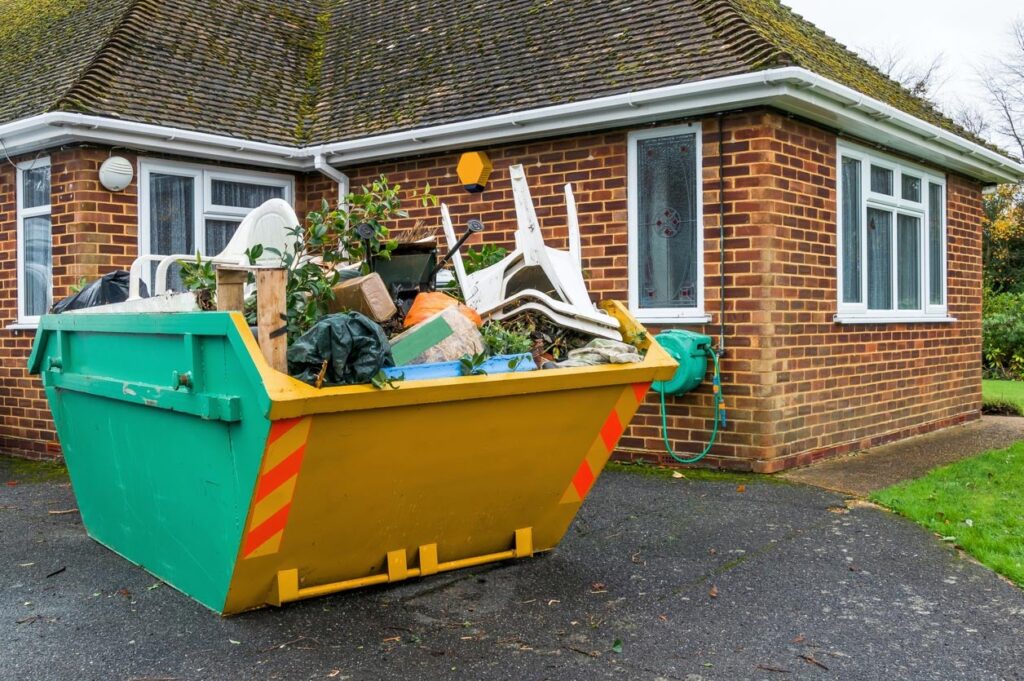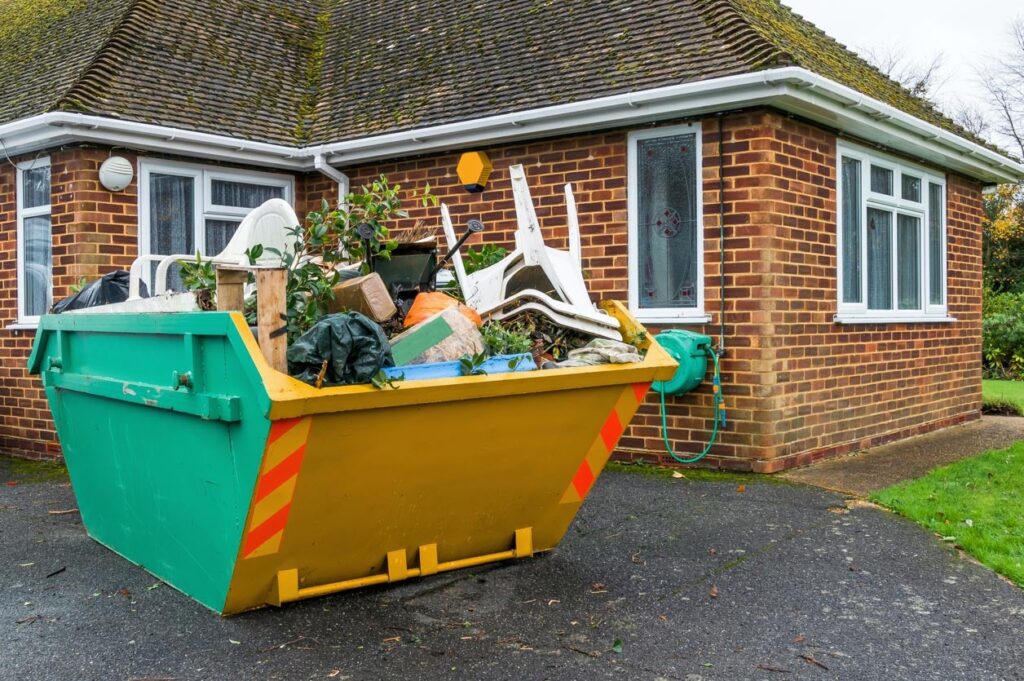The premier online destination for waste management, junk removal, recycling and roll-off dumpster rental

Works and Days
1 August – 1 December
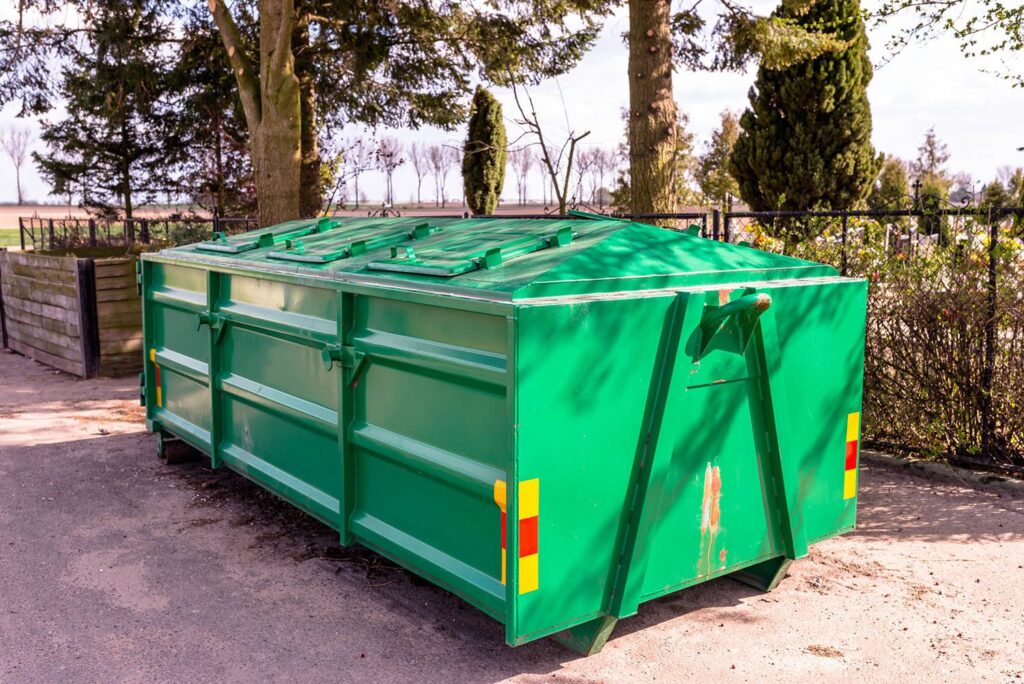
Theatre of Operations
1 October – 1 December
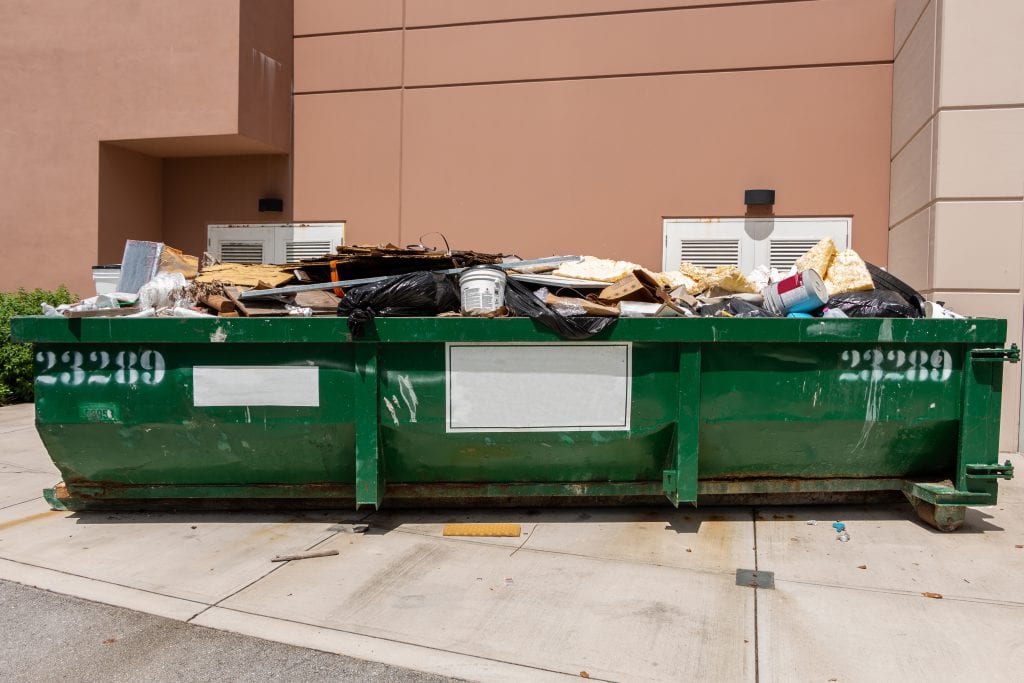
The Life I Deserve
1 August – 1 December
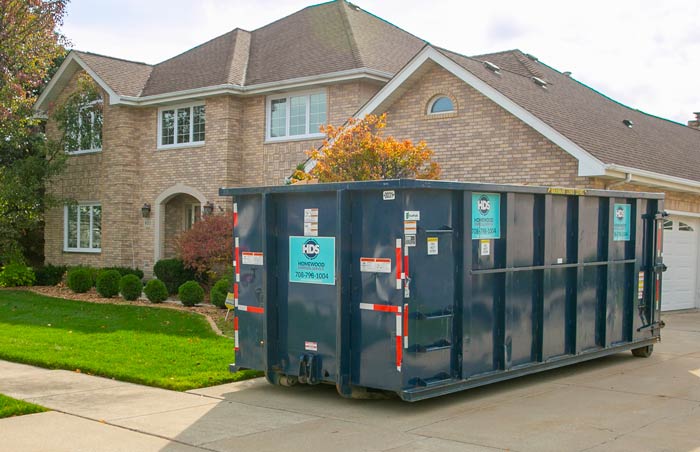
From Signac to Matisse
1 October – 1 December
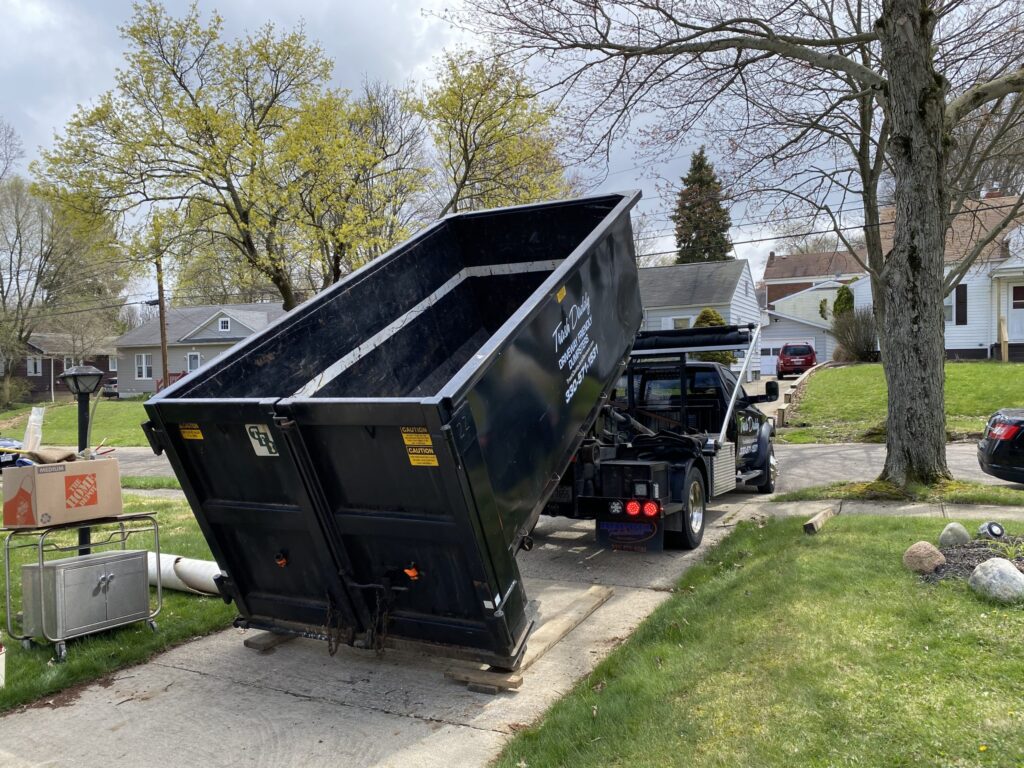
”Renting a dumpster can be an efficient and economical solution whenever you have a large quantity of junk to discard!”
A roll-off dumpster is a bin (from 10 to 40 yard) open-top waste bin container usually rented to a private or business customer for the purpose of removing all sorts debris. If your looking for dumpster rental in any city in the United States, don’t accept slow responding companies or late deliveries. For over 15 year’s we have used companies that deliver their dumpsters on-time, when and where their customers need them. Give us a ring today to experience why we’re the #1 dumpster rental advisory company nationwide.
Every construction site will inevitably generate waste. Instead of worrying about what to do with leftover drywall scraps or roofing shingles, let us help you find the right roll-off dumpster for your construction project. We can source a variety of sizes to choose from, and convenient online tools for ordering and scheduling a delivery to your home or business.
At a time when the waste management policy is trying to distance itself from a logic of elimination in favor of further recovery, waste management systems are evolving in the direction of an integration that meets the precepts of sustainable development, since they are based on a transversal and global approach, both vertical and horizontal.
This involves taking charge of all of the links in the chain, from the most upstream, through objectives to prevent the production of waste, downstream with the management of the impacts of treatment. It should be noted that the economic and technical conditions for this vertical integration are largely under debate (application of extended producer responsibility, internalization of environmental externalities). To this vertical integration is added a horizontal integration that can be read on the one hand, in a relative redefinition of the sectoral boundaries of local public action and, on the other hand, in the search for an optimal territorial anchoring.
Waste management, insofar as recovery objectives are targeted, tends to be thought of according to issues defined within the framework of related sectoral policies: energy production, but also for example the policy agricultural for certain types of waste.
This localized transversal approach must however be combined with a certain sectorialization induced by the multiplication of specific sectors (tires, WEEE, batteries, etc.) necessitated by the complexity and dangerousness of the materials used in the manufacture of consumer goods. Finally, territorial integration is based on the enactment of action principles such as the proximity principle, as well as on the development of tools and frameworks for local action in matters of inter-municipal cooperation and planning.
The example of incineration has made it possible to highlight points of convergence or, on the contrary, friction between several facets of integrated management. The development of recovery in the context of the use of incineration on the one hand, the rise of concerns relating to climate change on the other, have led to an update of the rapprochement between the fields of waste management and energy. This rapprochement takes the form of an integration of a technical nature (combustion must be accompanied by energy recovery in the form of electricity, heat or cogeneration), associated with territorial integration since this recovery must respond to local management both for waste management and energy production.
The technical and territorial motivations converge in favor of integrated waste management systems, but do not meet the expected objectives in terms of social acceptance, since the incineration technique meets strong opposition from the populations. These tensions highlight several sticking points, relating to the status of waste defined as a source of renewable energy or material to be recovered, to the contradictions between the objectives of the policy, to the quantification of the impacts, notably in greenhouse gas emissions: as many lines of tensions where the contours of the waste problem understood as a public problem are played out. In addition, they show divergent visions and expectations regarding the technical and territorial configuration of waste management systems.
Thus, a hiatus remains between an approach favoring environmental security, ensured by large equipment whose profitability is sufficient to develop technical systems for reducing impacts, and a social demand for transparency which involves a reversibility of choices and a territorial distribution of equipment. To this is added a hiatus relating to the links established between social dimension and proximity to facilities, between a proximity considered as a factor of acceptance of solutions (the benefits of recovery are then considered as compensations) and a proximity capable of generating a societal grasp of the problem at its source.
Finally in the same way as sustainable development, a pacifying myth having as main quality to erase the contradictions it states, the structuring principles of waste management, recovery and proximity, consensual and shared, are the subject divergent appropriations referring to struggles of interpretation and conflicts of definition.
What is ultimate within the meaning of this law a waste, whether or not resulting from the treatment of a waste, which is no longer capable of being treated under the technical and economic conditions of the moment, in particular by extraction of the recoverable part or by reducing its polluting or dangerous nature.
Targets quantified by type of (packaging) material were set up in 1996, then revised in later years. The disposal of packaging must therefore be specifically planned according to the principle of recovery (including energy) of up to 60% minimum by weight of packaging waste and recycling of 55% minimum.
Waste management experts recently published a report on recovering energy from waste treatment. The authors of this document recommend in particular to consider in the same way material recovery and energy recovery (which consists of the recovery of biogas from storage and composting, heat from incineration), and thus guide the choice of treatment processes according to their capacity for generating energy raw materials.
At the origin of the recycling policy is the desire to save non-renewable resources; yet another objective appeared, the control of greenhouse gas emissions. In this regard, it is better to burn paper or cardboard and recover heat than to recycle them; it is sometimes the same for plastic.
Become a Member and Get Exclusive Offers!
Members get access to exclusive exhibits and sales. Our memberships cost $99.99 and are billed annually.


